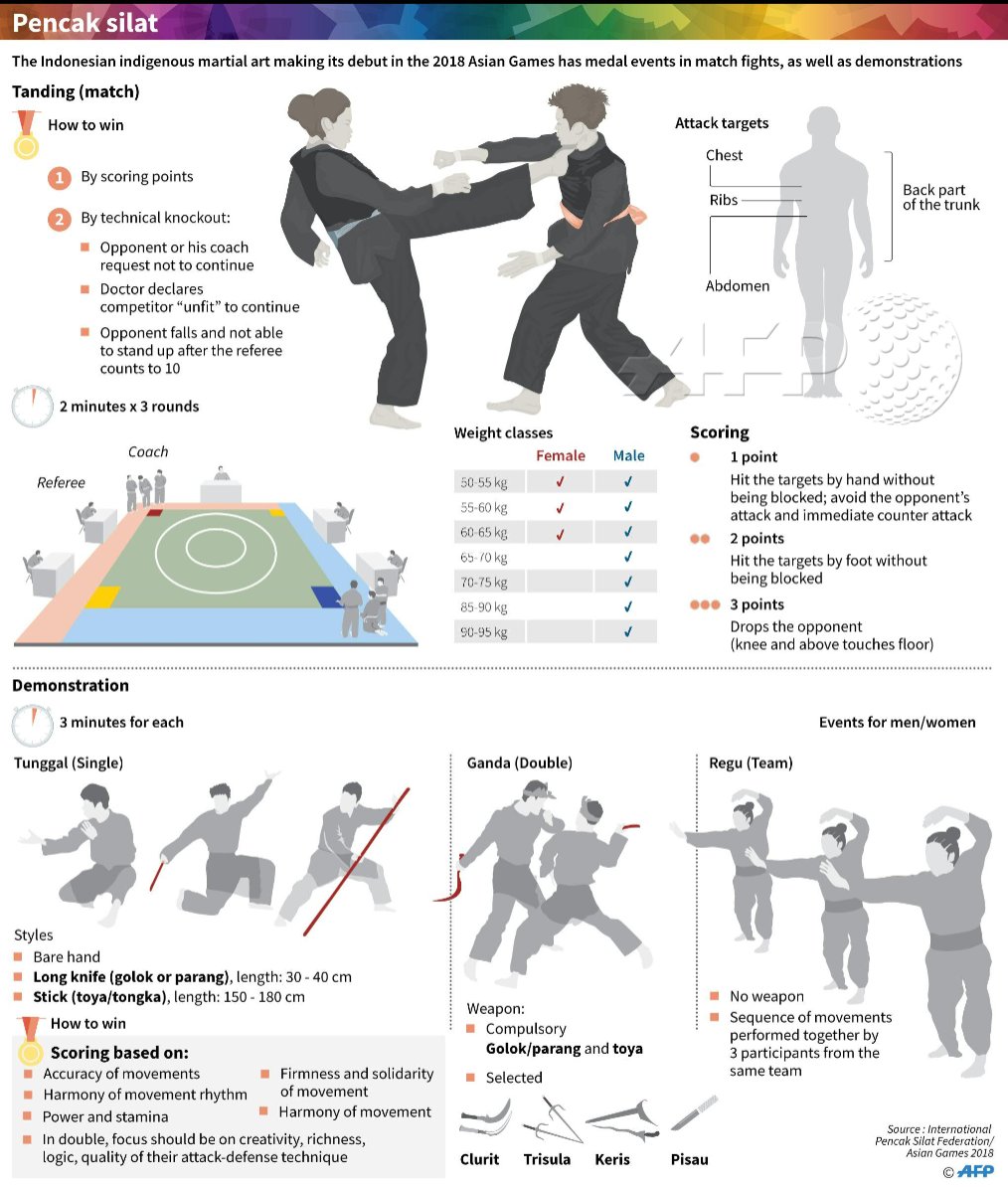Revealing The Selection Of Martial Arts Disciplines: A Guide From Martial Arts To Taekwondo
Revealing The Selection Of Martial Arts Disciplines: A Guide From Martial Arts To Taekwondo
Blog Article
Web Content By-Stender Pierce
Are you tired of feeling overwhelmed by the large globe of martial arts? With so many styles to choose from, it can be very easy to obtain lost in a sea of punches, kicks, and strange names. However anxiety not!
This discussion will debunk the various fighting styles styles, taking you on a journey from the effective strikes of Karate to the vibrant kicks of Taekwondo. Get ready to reveal the origins, techniques, and philosophies behind these ancient art types.
So, tighten your belt and prepare to start an informing exploration into the exciting globe of fighting styles.
Origins of Martial Arts Styles
The origins of martial arts designs can be traced back to old worlds and their requirement for protection and fight methods. Throughout background, different societies created their own special techniques of fighting, each with its own set of methods and ideologies.
In China, for example, martial arts designs such as Kung Fu and Tai Chi were established as a means of protection and boosting physical and psychological well-being.
In Japan, the samurai warriors produced designs like Karate and Judo, concentrating on discipline, accuracy, and proficiency of the body.
Similarly, in Korea, Taekwondo emerged as a fighting style emphasizing high kicks, quick movements, and mental fortitude.
These early people laid the foundation for the diverse array of martial arts styles that exist today, each with its own abundant history and social significance.
Techniques and Educating Techniques
To understand martial arts designs, practitioners should find out various methods and training techniques.
Methods are the particular activities and activities used in battle, such as strikes, kicks, tosses, and blocks. Various fighting styles designs have their very own unique collection of methods that practitioners should master through rigorous training.
martial arts or self defense vary depending on the design, but they typically involve a combination of physical fitness, drills, sparring, and kinds.
Physical conditioning is crucial to construct stamina, versatility, and endurance. Drills aid practitioners refine their techniques and boost their speed and accuracy.
Sparring permits practitioners to practice their techniques in a regulated, sensible environment. Forms, also referred to as kata, are cut-and-dried sequences of motions that aid professionals develop muscle memory and focus.
Approaches and Concepts
Checking out the viewpoints and principles of fighting styles designs can give you with a much deeper understanding of your chosen self-control. Each fighting style has its own one-of-a-kind approach and collection of leading concepts that form the way it's practiced.
For instance, Karate highlights self-control, regard, and self-constraint. It instructs experts to concentrate their body and minds, allowing them to safeguard themselves while keeping a sense of internal tranquility.
On the other hand, Taekwondo positions a solid focus on rate, dexterity, and adaptability. https://www.essentiallysports.com/ufc-mma-news-i-was-a-pretty-disrespectful-kid-joe-rogan-reveals-how-martial-arts-instilled-discipline-in-him/ are rooted in the tenets of politeness, honesty, determination, self-discipline, and unbeatable spirit.
Final thought
Since you've discovered the origins, techniques, and viewpoints of numerous fighting styles styles, you have a deeper understanding of these ancient disciplines.
Imagine a young karate pupil, exercising with steadfast determination and focus, breaking through boards with a powerful punch.
best martial arts to learn for older adults and toughness called for to grasp a martial art, advising us that with discipline and perseverance, anything is feasible.
